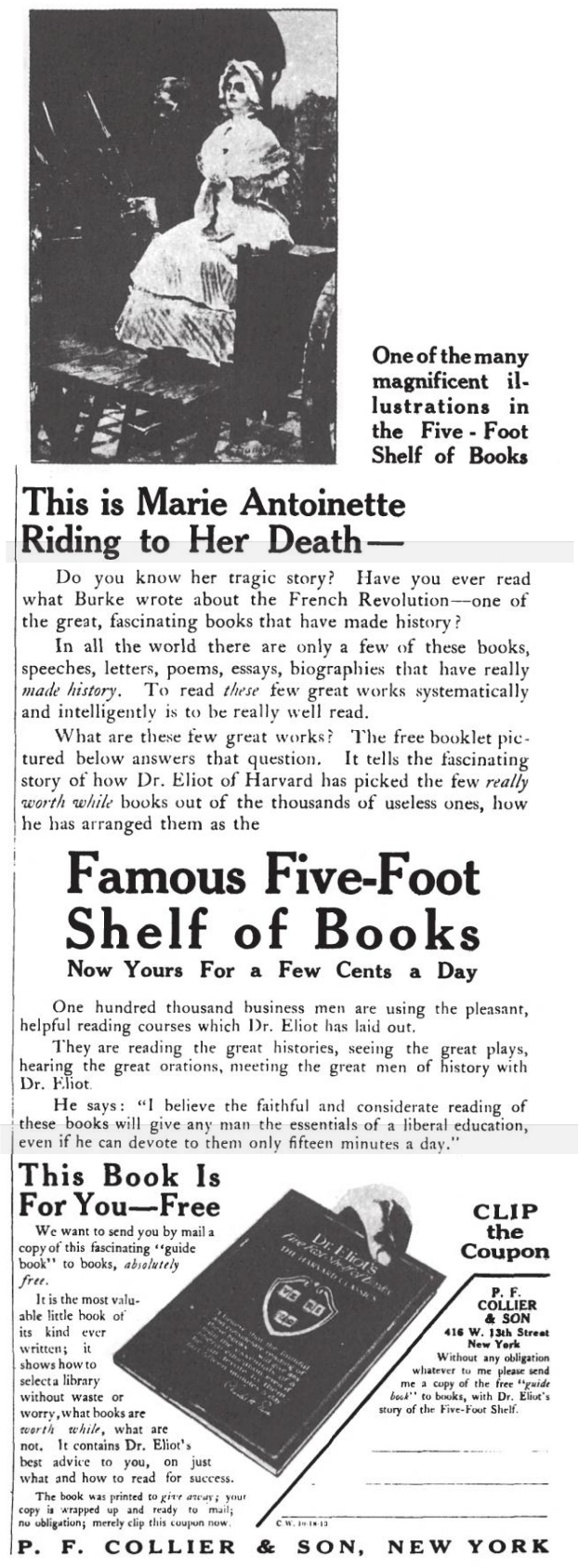I bought an ugly pair of Patagonia swim trunks once. That’s why this morning, I felt emotionally invested in reading an article about Yvon Chouinard, the founder of Patagonia, and how he has just given away his entire $3 billion company to a climate-change nonprofit.
Chouinard was a early-generation rock climber, a bum who lived in his car and ate cat food to support his rock-climbing habit.
Later, Chouinard started Patagonia. After the company started selling millions and then billions of dollars of ugly swim trunks and other stuff, success never sat right with him.
Chouinard’s final solution was, like I told you above, to give away his entire company.
But even before that, Patagonia seemed to do strange and self-defeating things.
For example, back in 2011, on Black Friday, Patagonia ran a full-page ad in the New York Times. The headline of the ad ran:
“DON’T BUY THIS JACKET”
Below that was a picture of the R2 jacket, one of Patagonia’s best-selling items. The body copy of the ad explained in detail the environmental cost of producing each such jacket. “As is true of all things we can make and you can buy, this jacket comes with an environmental cost higher than its price.”
The direct result of this ad?
I have no idea. This was not your usual direct response ad. And if there were any measurable consequences of this ad, I couldn’t find any info about them online.
So rather than speculating whether DON’T BUY THIS JACKET is effective marketing, I will focus on one specific, certain thing about that Patagonia ad.
The body copy of that ad ended by advising New York Times readers,
“Don’t buy what you don’t need. Think twice before you buy anything.”
“Why the provocative headline,” Patagonia marketers wrote later on the company blog, “if we’re only asking people to buy less and buy more thoughtfully?” Answer:
”To call attention to the issue in a strong, clear way.”
A couple weeks ago, I stayed in an Airbnb and I found a copy of Paul Arden’s book, “It’s Not How Good You Are, It’s How Good You Want To Be.”
Arden was the creative director at Saatchi and Saatchi, one of the biggest brand advertising agencies in the world.
Arden’s book was mostly terrible. But the following idea, which ties up today’s email, makes the entire book more than worthwhile:
Find out what’s right about your product or service and then dramatize it, like a cartoonist exaggerates an action.
For example, you know a horse can jump a ditch, therefore you accept that it can jump the Grand Canyon.
This realization accelerated my career faster than anything I have learned since.
So yeah. Don’t read what you don’t need. Think twice before you open any email, particularly a marketing email. And take a moment before you click on any links that could suck you in or sell you stuff against your better interests.
On that note, if you enjoyed this email or even found it more valuable than anything else you have ever read, if you think today’s idea might even save your life one day, then here’s something else you might enjoy:

